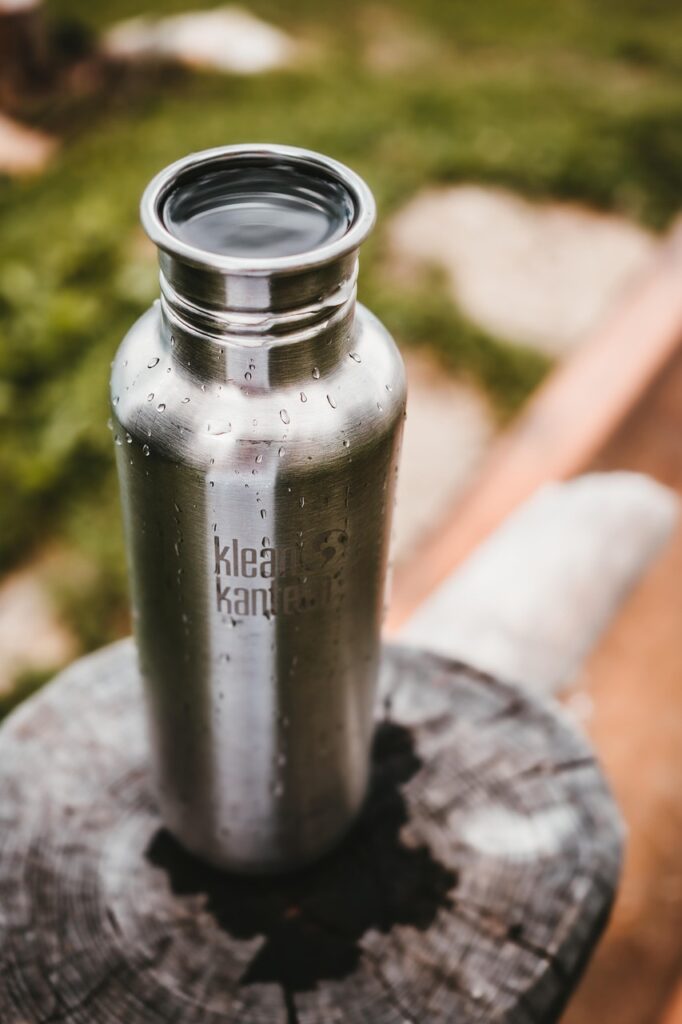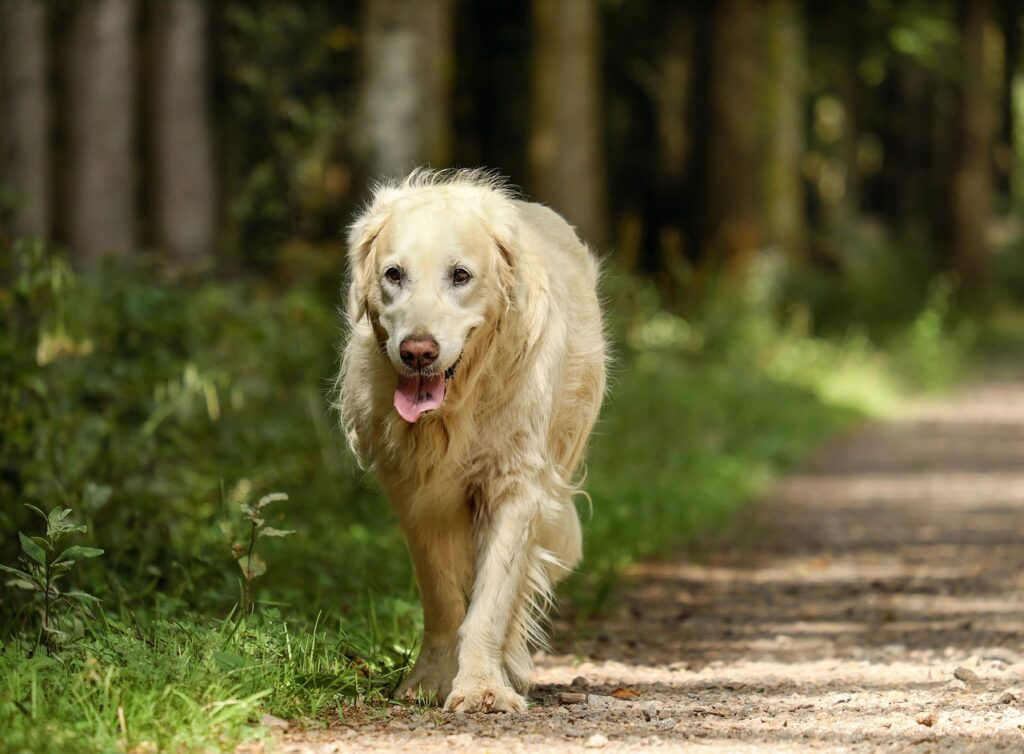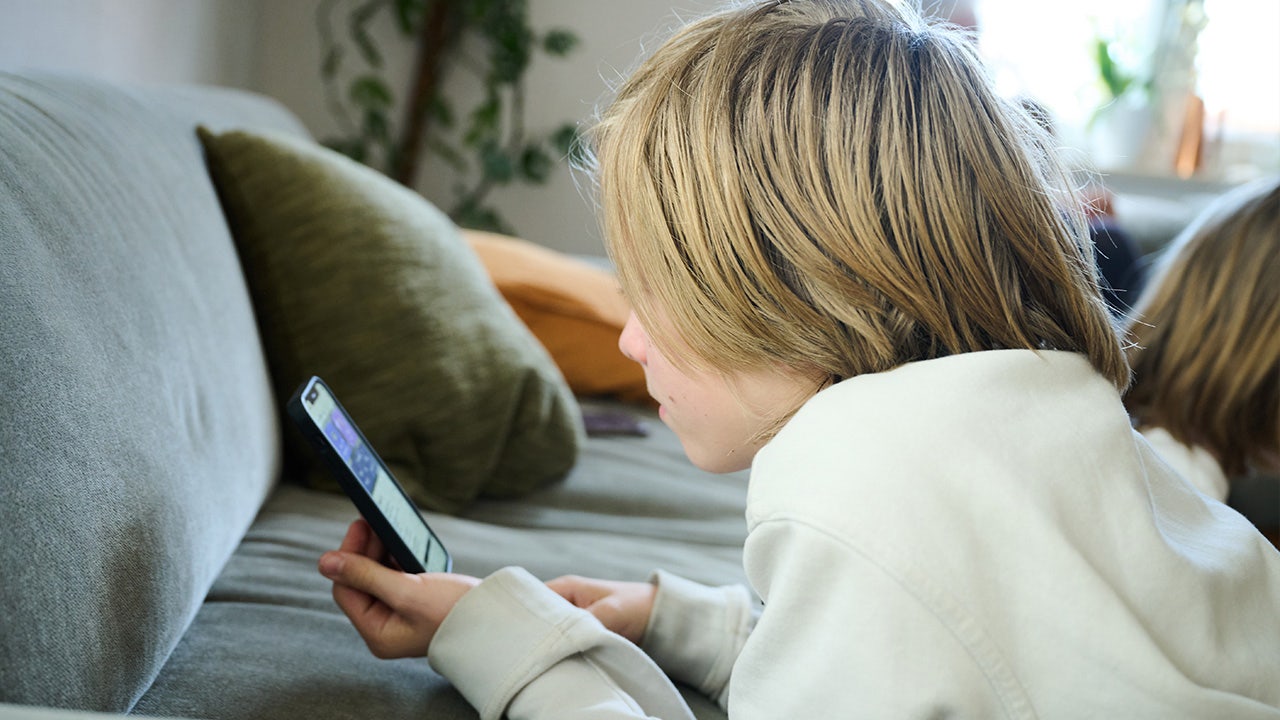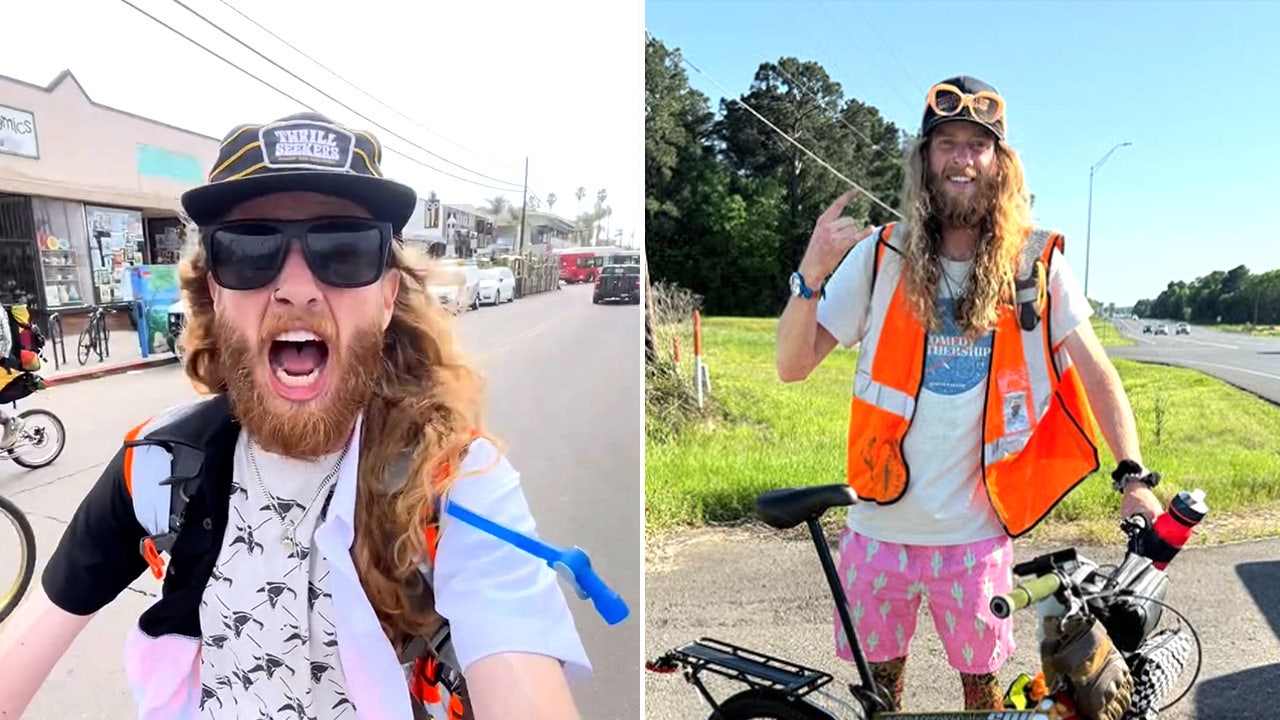As we approach summer, let’s review some basic information regarding staying safe when hot weather arrives. The last thing any of us wants is to land in the hospital because of something we could have easily prevented.
Proper Preparation for Hot Weather
Hydration
Hydration is a powerful temperature regulation tool for our bodies. Most of us walk around in a mild state of dehydration on a daily basis. Add in hot weather, sweat, and exertion, and that’s a recipe for bad news. Various sources indicate different amounts of water you should be drinking daily, including at least one ounce of water for every pound you weigh. The reality is that it will differ from person to person.
When I was recovering from my kidney stone a couple of years back, I asked my urologist how much water I should be drinking. He said to just pay attention to your output. If your urine is clear or mostly clear, you’re hydrated. If it’s noticeably colored, drink more water. For guys, it’s pretty easy to see. Women may need to just look before they flush.

If you’re sweating a lot, you’re losing more than just water but also salts and minerals. Replenish them with small snacks throughout the day. Avoid energy drinks, soda, and similar sugary beverages. Even if your water supply is limited, it isn’t a good idea to ration it.
Heat Exhaustion vs. Heat Stroke
These are medical conditions that are brought on by, you guessed it, heat. Watch for symptoms of heat exhaustion. These include dizziness, fatigue, rapid pulse, nausea, headache, and heavy sweating. If these symptoms are present, get the patient to a cool location. Have them ingest cool liquids and loosen their clothing. Soaking in cool water, indoors or out, will also help.
If those heat exhaustion symptoms don’t improve with treatment after 30 minutes, or they get worse, then heat stroke might be present. Watch for things like confusion or slurred speech, vomiting, flushed skin, and a racing pulse. This is a serious situation, and the patient needs medical attention ASAP. Try to cool them down as best you can until they can be seen by a medical professional.
Cooling the Home
Beating the heat starts in the morning. Close all curtains and drapes to limit the amount of sunlight coming in through the windows. Exterior window shades can help as well. Ceiling fans should be set to rotate counter-clockwise. This will pull hot air up, rather than push it back down.
Do what you can to limit heat-generating activities during the day, like cooking, washing dishes, and washing clothes. Save those for at night when the temperature drops. Cooking on the grill outside might be a good idea, as is hanging laundry outside to dry. Once you notice it’s cooler outside, open all those windows again to bring in that night air. Use fans to direct it through the house.
Remember that fans don’t really cool anything. They just move air around. In case the home becomes unbearable, know where you and your pets can go to cool down.

Pet Safety
It’s important to plan ahead for keeping our pets safe during heat waves. Make sure they have plenty of clean water available at all times. Never leave your animal in a vehicle during hot weather. Sure, you could have the car running and have the A/C blowing, but what happens if the A/C stops working? It’s happened, and not just once.
Remember, too, that your pets are barefoot and asphalt gets hot fast in the sun. Save the walks for the evening when things cool down a bit.

Read the full article here










